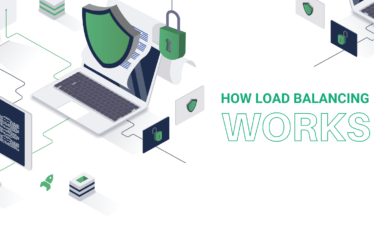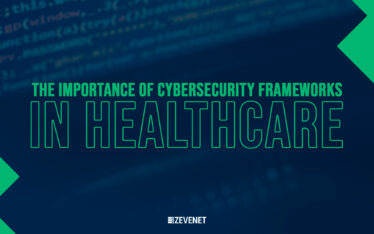5G holds a lot of potential for businesses. The promise of speeds up to 20 Gbps and near-zero latency could help companies become faster and more connected than ever. Despite these benefits, 5G networks also present some new risks.
Public fears about radiation or diseases traveling along 5G waves are largely unfounded, but these networks do pose some threats. As they slowly become the standard for connectivity, they’ll create new opportunities for cybercriminals. Cybersecurity strategies will have to adapt to keep businesses secure.
Here’s a closer look at how 5G is changing the cybersecurity landscape.
Rising IoT Threats
The internet of things (IoT) is already a prominent security concern, and 5G will take it further. 5G’s high bandwidth and low latency provide better support for rapid IoT growth, which, in turn, expands potential attack surfaces. As businesses implement more IoT devices, they’ll unintentionally provide more potential entry points for hackers.
An IoT device like a smart thermostat may not have much potential for damage by itself, but it can act as a gateway. Hackers can use these often unsecured endpoints to gain entry into a network, then move to other devices with more sensitive data. Since 5G will likely coincide with broader IoT adoption, this threat will become far more prevalent
More Connected Critical Infrastructur
Similarly, with the rise of 5G will come more smart city infrastructure. Cities will be able to implement IoT connectivity in power grids, traffic systems, and more. While there are many benefits to this movement, it also makes critical infrastructure susceptible to cybercrime.
For example, hackers could infiltrate a wirelessly accessible power grid to shut off an area’s electricity supply. Internet connectivity is a new concept for most critical infrastructure, so cybercrime wasn’t previously a threat to it. That will change with 5G, opening the door to destructive cyberattacks. Cybercrime will become a much more dangerous threat.
Lack of Hardware Choke Points
5G networks also operate differently than their predecessors, which brings new security concerns. One of these differences is that 5G uses distributed small cells and software-defined routing instead of centralized, hardware-based switching. This improves speeds and latency, but it also removes choke points that can help stop cybersecurity threats.
In earlier networks, all data would run through central hardware points, providing a place to monitor for unwanted connections or malicious code. Since 5G networks are more flexible and distributed, there’s no one place where security teams can focus their cyber hygiene efforts. Businesses will likely have to switch to artificial intelligence (AI) monitoring solutions to make up for it.
Network Slicing
Another new feature that 5G introduces is network slicing. Network slicing divides connections into separate slices, or virtual connections, to direct resources to various types of traffic more effectively. Cybersecurity protocols will have to adapt to this fluidity since different slices can have varying cyber risks.
Uniform solutions that operate based on a common denominator will be insufficient in these situations. A single 5G network can contain multiple streams operating differently, posing various types of threats. Cybersecurity monitoring and response programs will have to be similarly dynamic, accounting for a broader range of conditions on one network
5G Requires New Cybersecurity Approaches
5G isn’t inherently unsafe, but it does present some new risks. If companies hope to experience these networks’ full benefits, they’ll have to take these new cybersecurity needs into consideration. When they know what challenges they face, they can respond appropriately and use 5G safely.
The cybersecurity landscape is changing. As 5G networks become more common, industry security standards will have to adapt to be better suited for these new threats. Businesses should start to consider these changes now to prepare for the future.
THANKS TO:
Devin Partida




